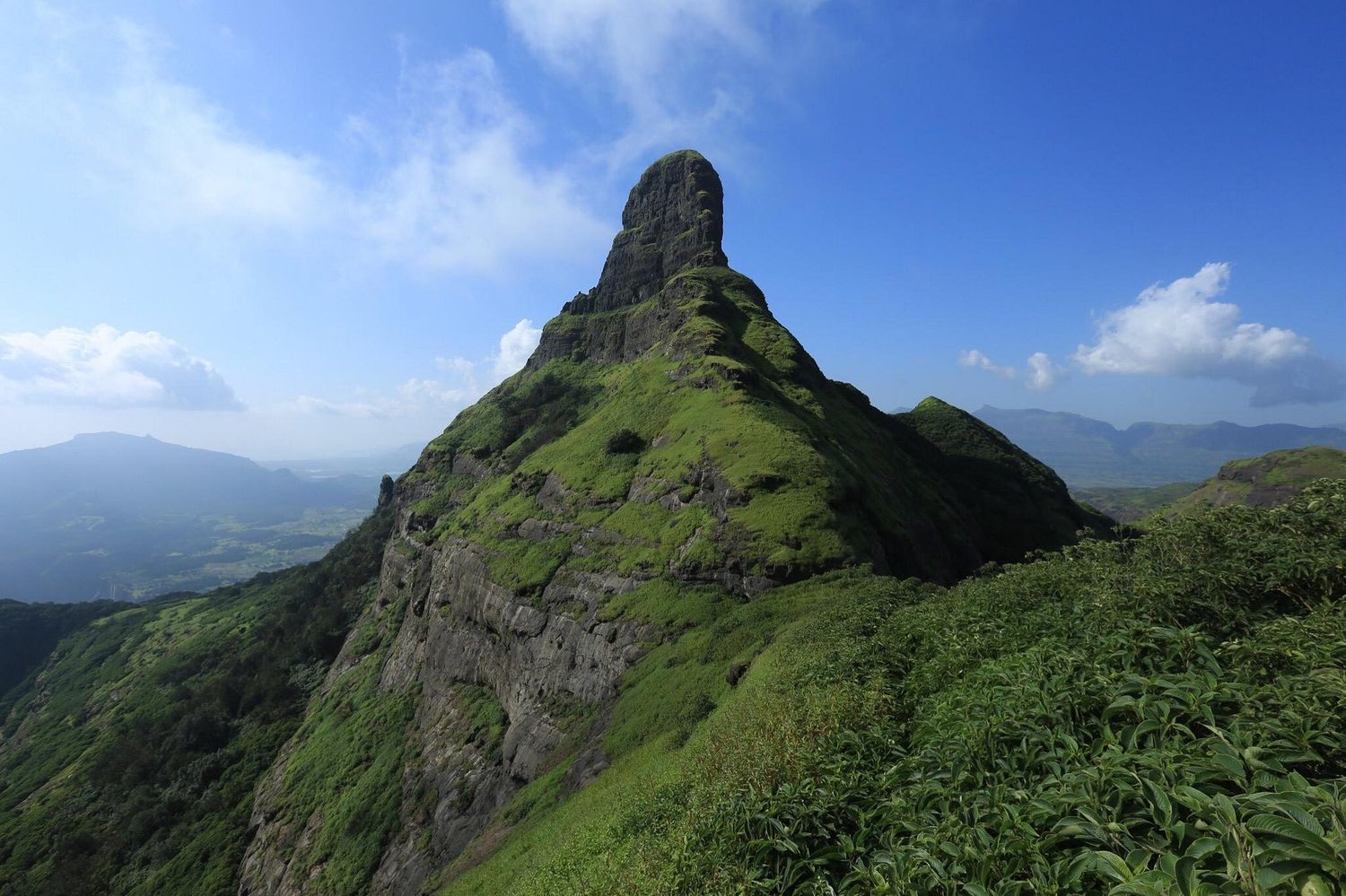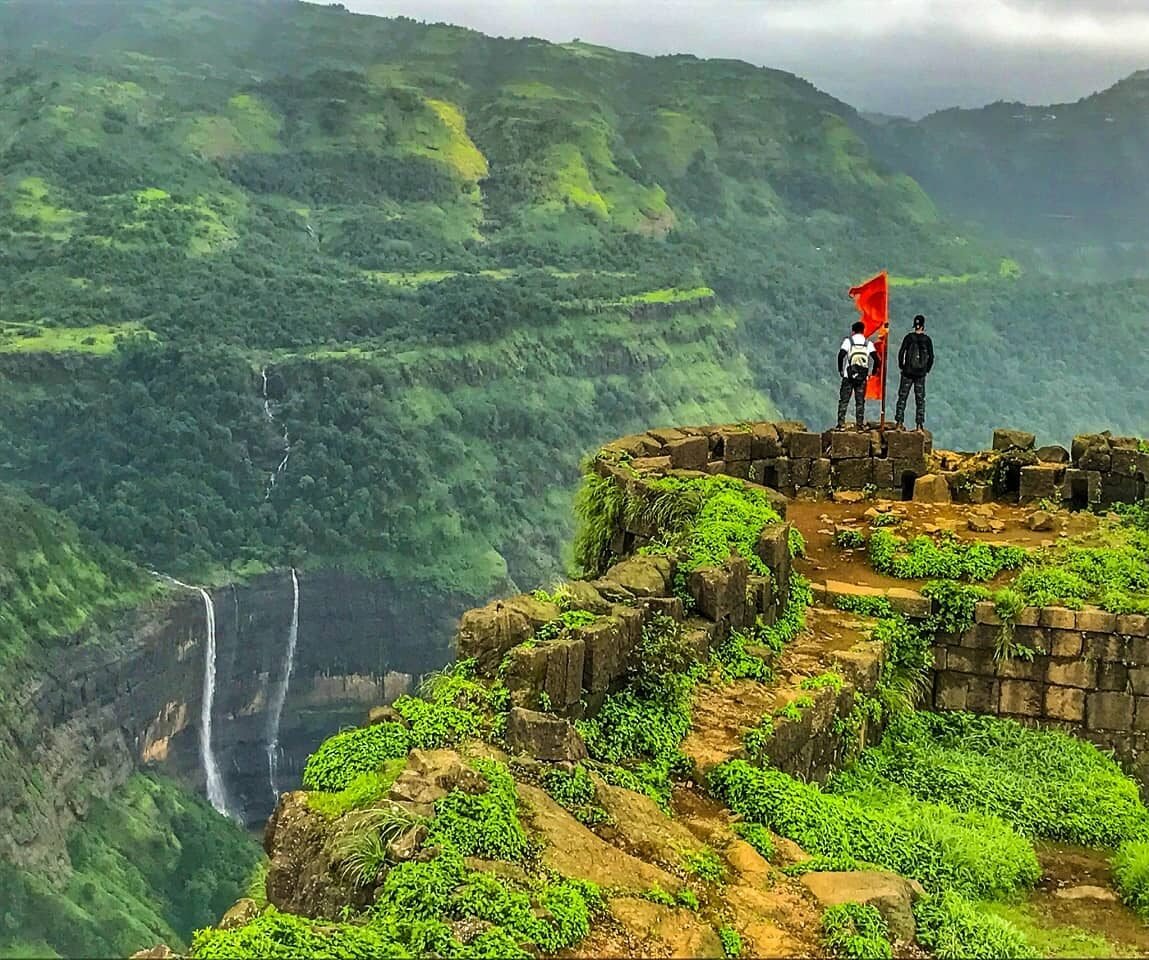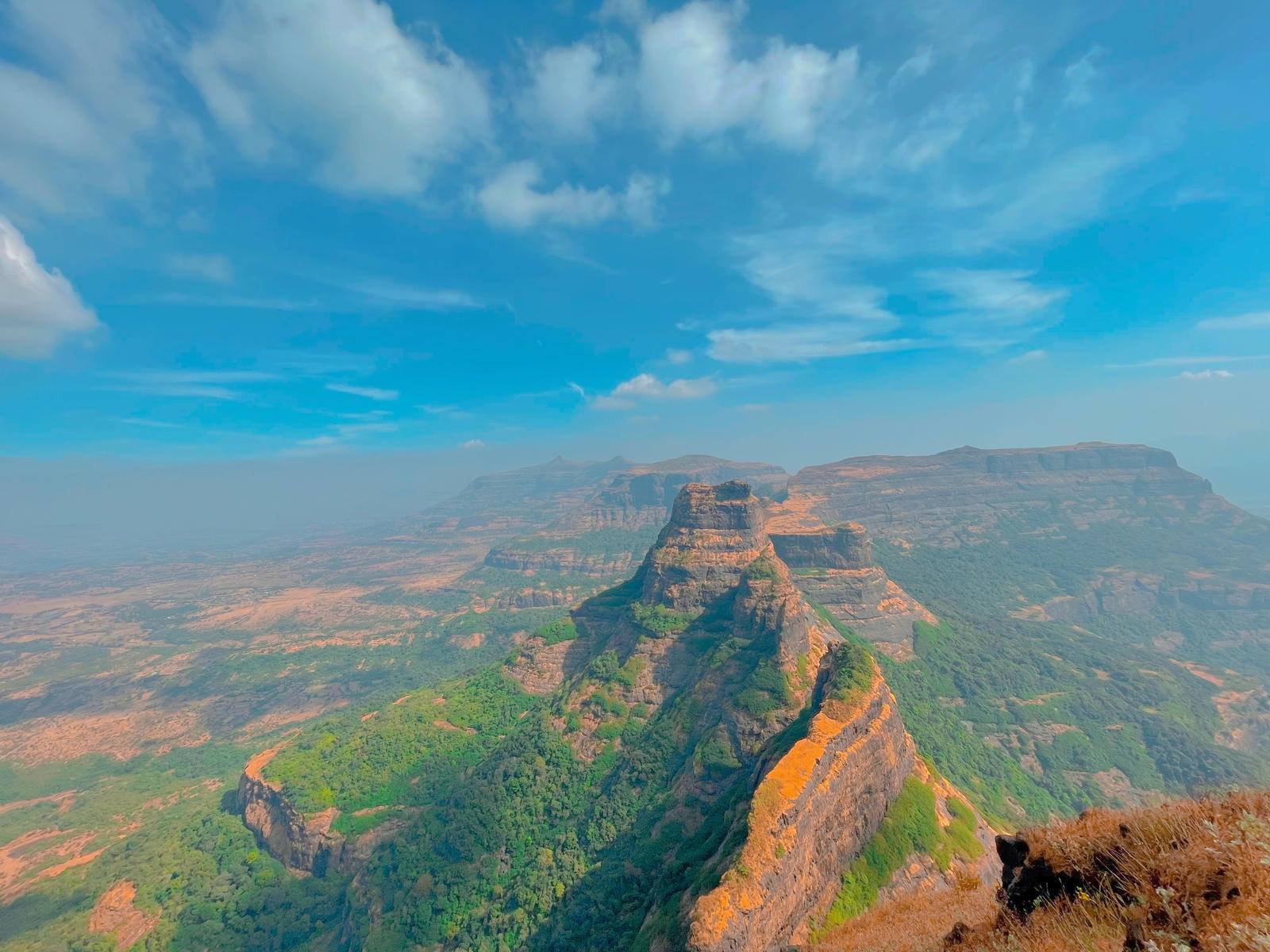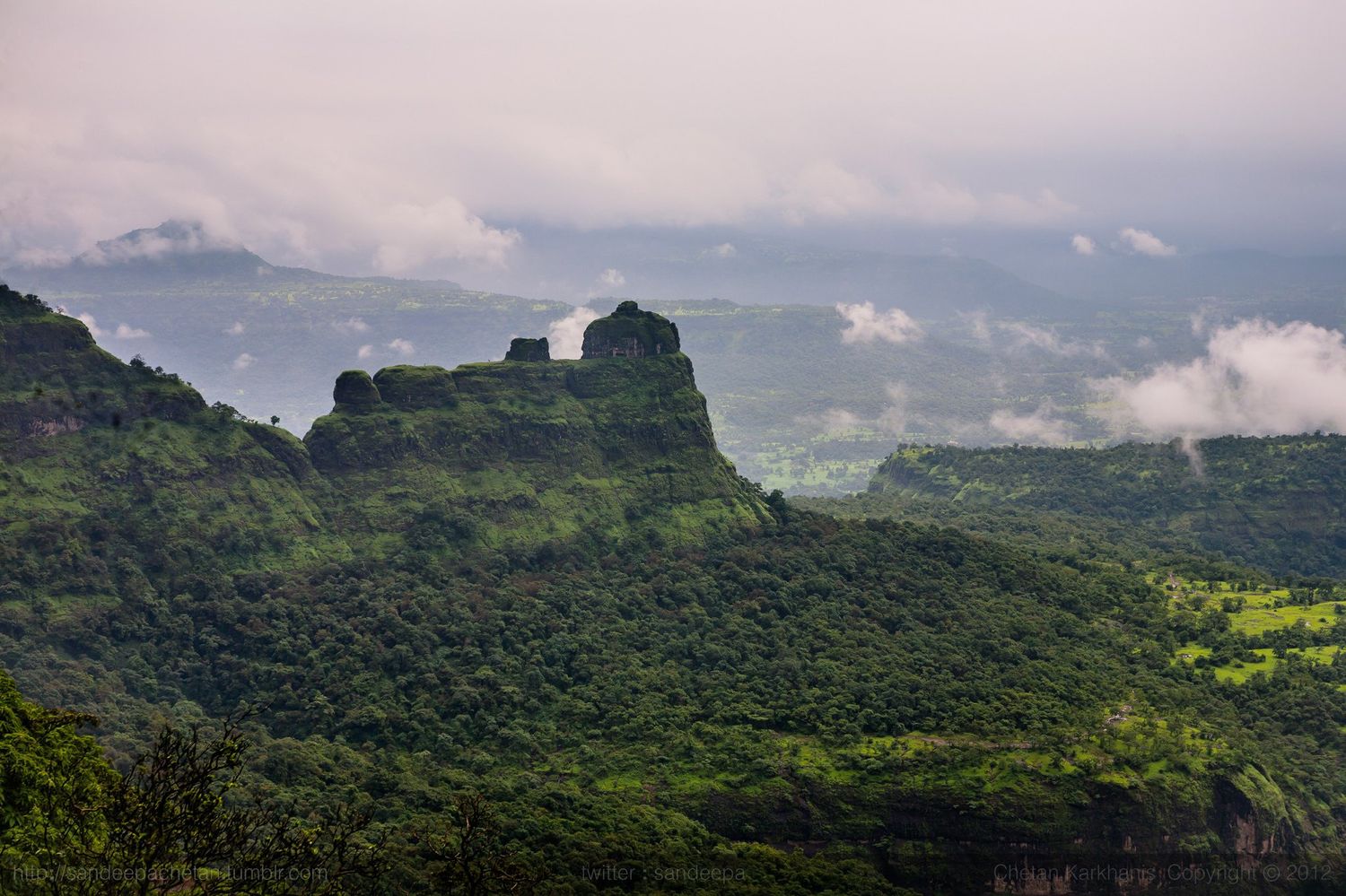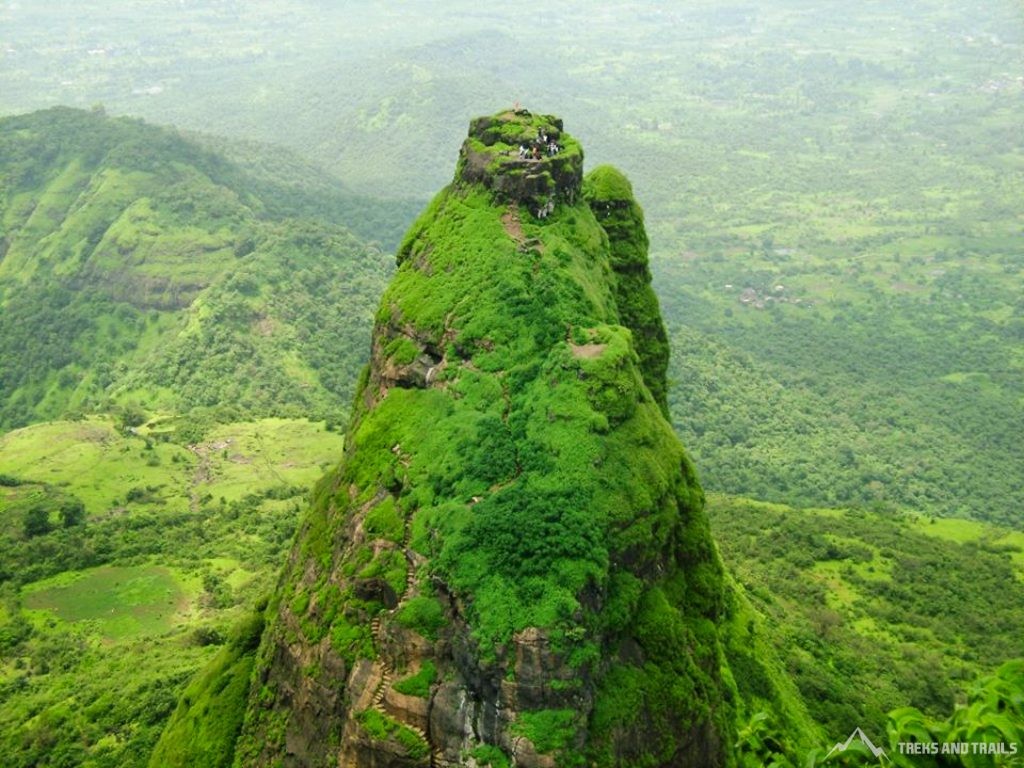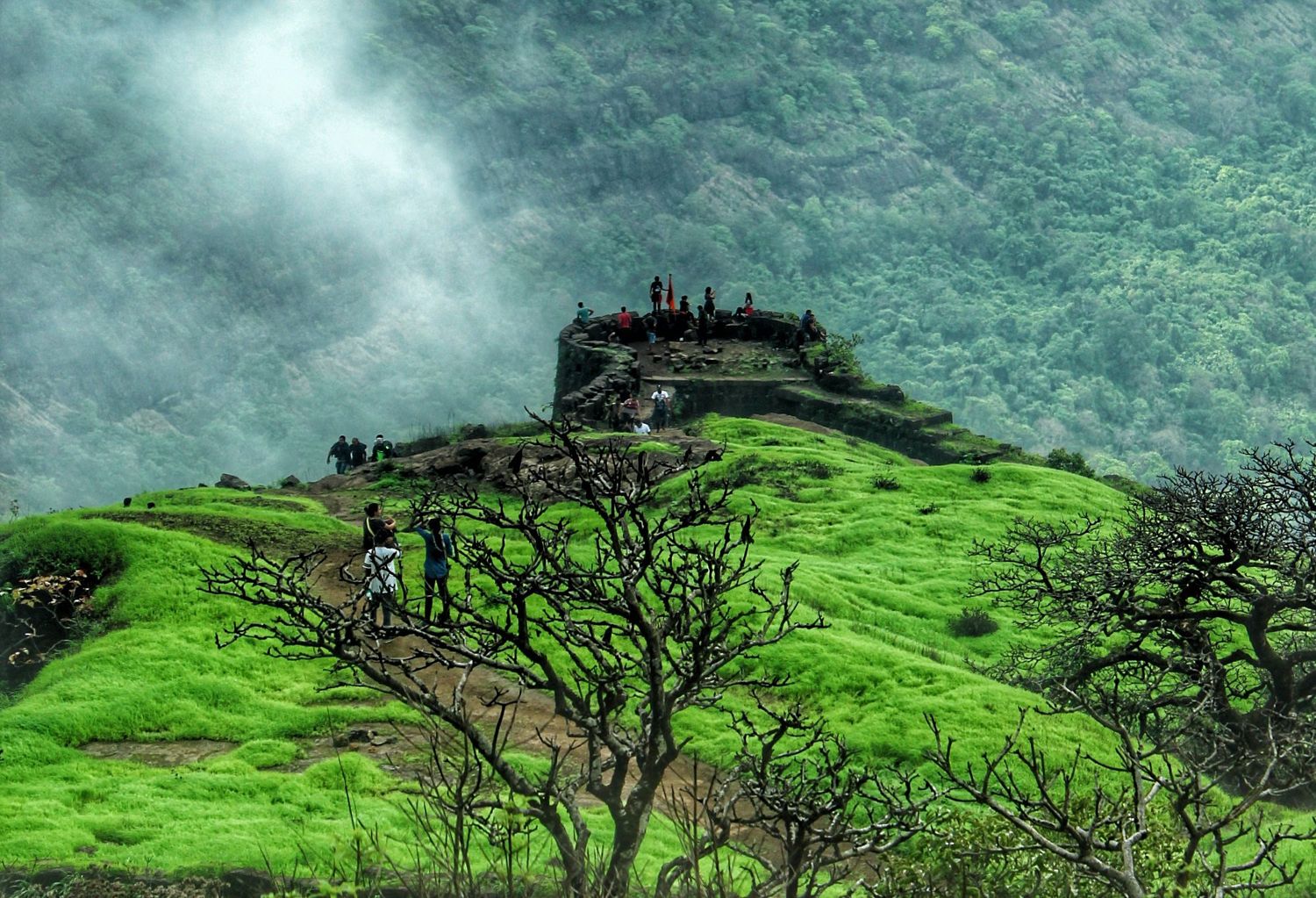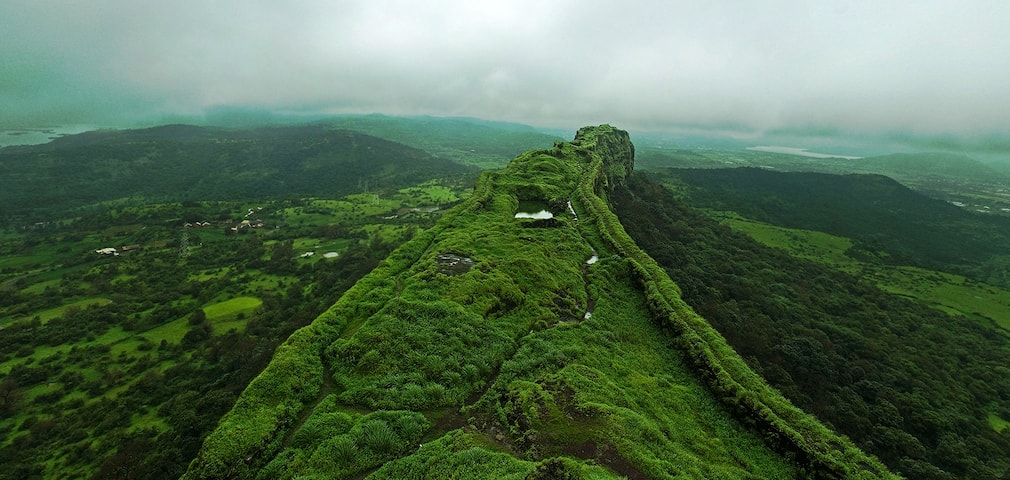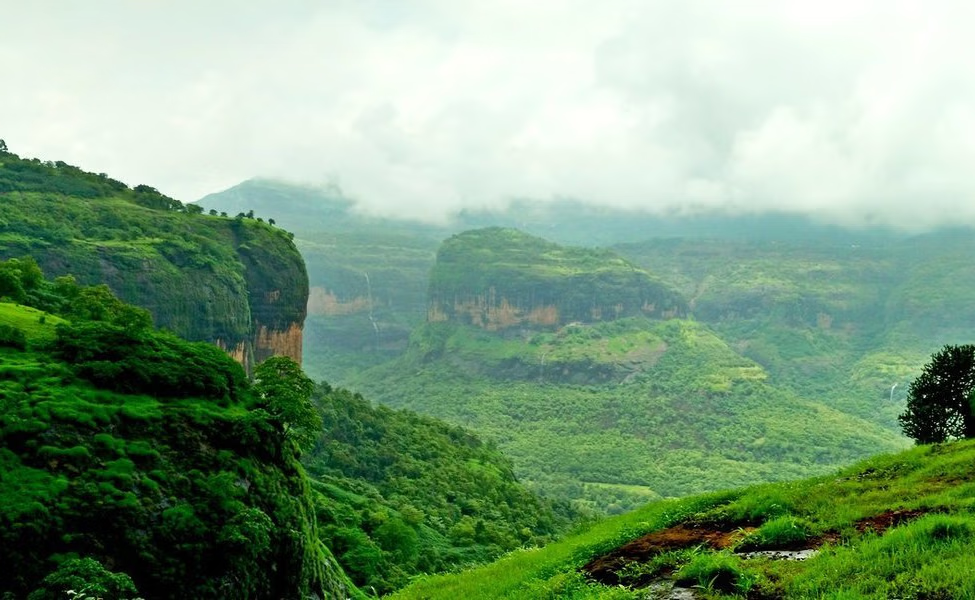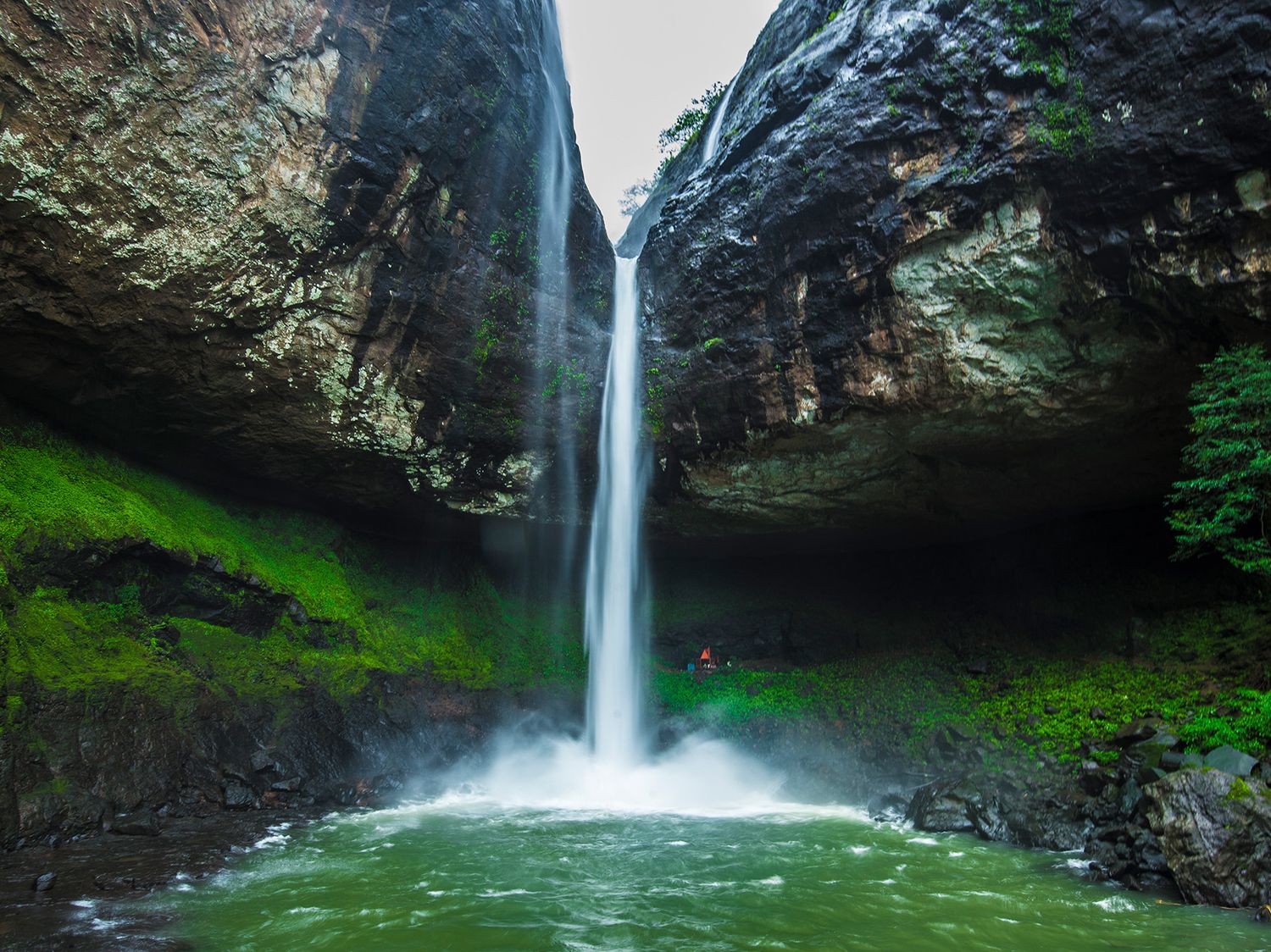Ratangad Fort Trek: The Jewel of the Sahyadris
The Ratangad Fort Trek is a classic Sahyadri trek located near Bhandardara. Known as the "Jewel of the Sahyadris," this fort stands tall at 4,259 ft and offers panoramic views of the surrounding peaks and the Bhandardara backwaters. Believed to be captured by Chhatrapati Shivaji Maharaj, the fort has historical as well as strategic importance. The trek is a mix of adventure, history, and natural beauty, making it a favorite for trekkers in Maharashtra.
Historical Significance
Ratangad Fort is over 400 years old and played a role in the Maratha Empire’s defense system. The fort has caves, bastions, and a unique natural rock formation at the top called the “Eye of the Needle” (Nedhe).
The Trail Experience
The trek begins at Ratanwadi village, home to the famous Amruteshwar Temple, an 8th-century Shiva temple built in Hemadpanthi architecture. The trail passes through lush forests, ridges, and ladders leading up to the fort, offering adventure and scenic beauty along the way.
Highlights of the Trek
- Historic fort with caves and bastions
- The iconic “Eye of the Needle” rock formation
- Stunning views of Bhandardara Lake and nearby peaks
- Amruteshwar Temple at the base
- Lush greenery and waterfalls in monsoon season
